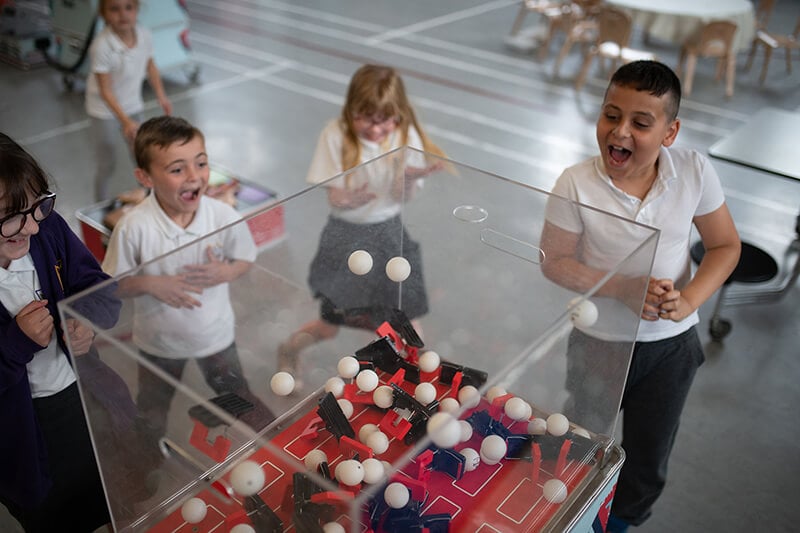Ice Isn't Solid

As part of Earth Day 2022, we're looking at the glaciers and ice sheets that make up around 10% of our beautiful planet - and why they're not as sturdy as you might think!
We’re used to thinking of ice as solid water that you put in a drink to cool it down, however, when you have a huge amount of ice like a glacier or an ice sheet like Greenland or Antarctica - things get a little weird.
Glaciers and ice sheets are really, really thick. The ice will push down on the rock beneath it with lots of pressure. A glacier in the Alps that is 100 m thick will press down on the bedrock underneath with a force of about 90 tons. In the deepest parts of Antarctica that are over 3,500 m thick, the weight would be 3,150 tons!
Ice in the glacier is under so much pressure it starts to flow like a really thick syrup. This is one of the ways that glaciers move.
However, if you give it long enough, maybe a few decades, even an ice cube in your freezer will flow like a liquid to become a big ice splodge! The only difference between your ice cube and a glacier is the amount of pressure that’s pushing down on it.
When scientists try to simulate glaciers using computer models, ice is not solid, it’s just a really slow liquid. This is just one of many things that glaciologists need to consider when trying to understand how glaciers all over the world will respond to future climate change.
Interested in learning more about ice, or our planet Earth? You'll find plenty of engaging content right here on our website, or over on our YouTube channel. You can also check out the Our World, Our Impact section of our website, where you'll find educational materials about climate change and advice on how you can get involved in climate science.





